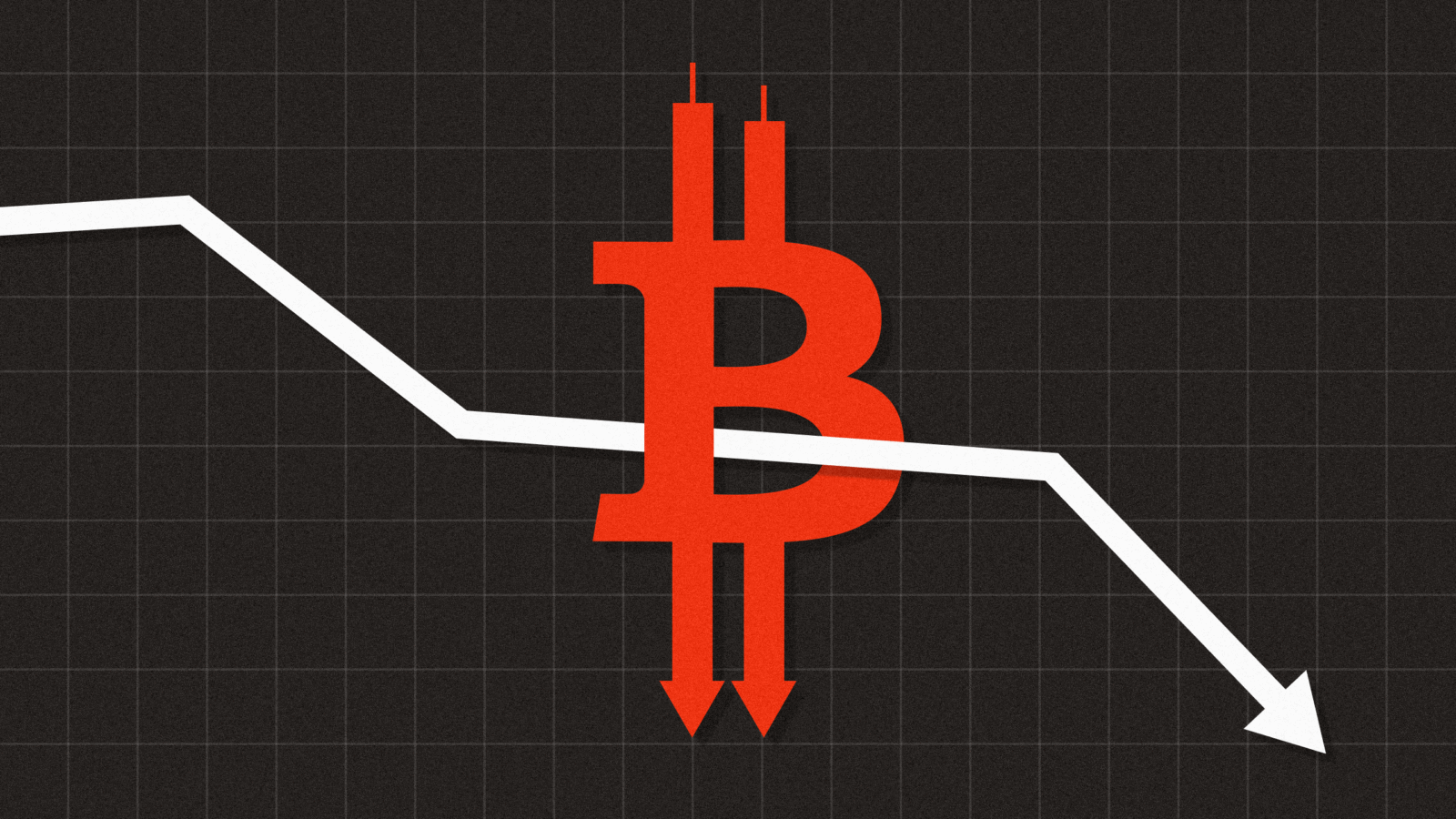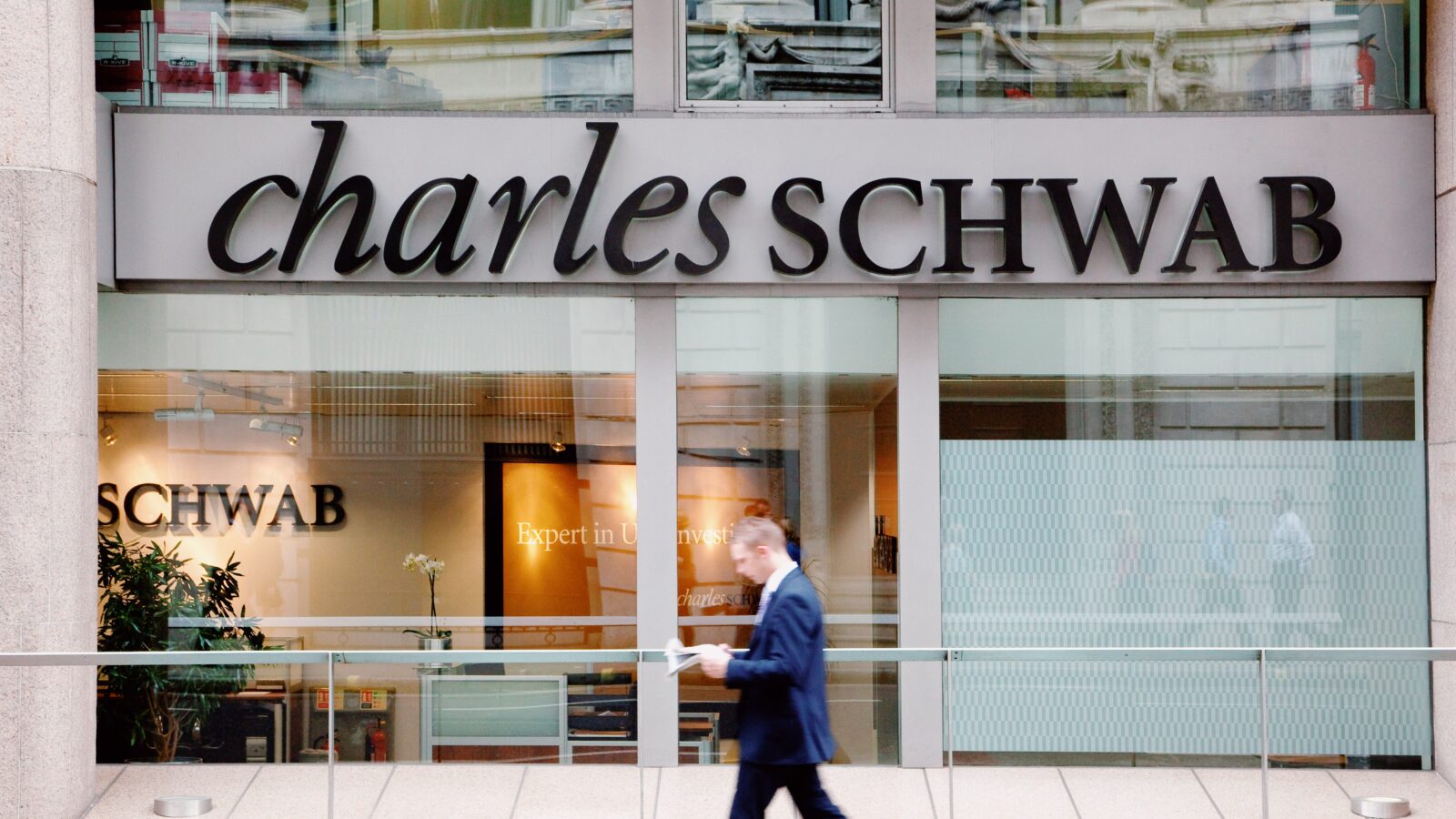Why SPY Bled $31B This Year
Some of the largest S&P 500-based funds lost billions this year as institutional investors sought out cheaper alternatives.

Sign up for exclusive news and analysis of the rapidly evolving ETF landscape.
They say a win for one is a win for all, but that might not hold true for ETFs.
The US exchange-traded fund market has made headlines this year for its massive growth, recently surpassing $12.7 trillion. But the boom hasn’t reached all corners of the ETF industry: Plenty of funds lost assets this year. The SPDR S&P 500 ETF Trust (SPY) and iShares Russell 2000 ETF (IWM) have lost $31 billion and $9 billion in AUM year to date, respectively, according to VettaFi data. Experts attributed this to a combination of tariff concerns and cheaper alternatives.
“It’s just folks making tactical trades into other parts of the markets,” said Clark Allen, head of ETFs at the investment manager Horizon Investments. “Dollar weakness and concerns around the political climate and tariffs have happened this year, and that’s come to the detriment of SPY, but also to the benefit of international or growth-specific exposures.”
I SPY, With My Little Eye…
S&P 500 funds like SPY and IWM have been bleeding assets for several years as institutional investors allocate to cheaper alternatives with identical, or nearly identical, exposure. Increasingly popular SPY alternatives are State Street’s SPDR Portfolio S&P 500 ETF (SPLG) and Vanguard’s S&P 500 ETF (VOO), which have expense ratios of .02% and .03%, respectively, far cheaper than SPY’s and IWM’s .09% and .19% fees. “The S&P 500 is the S&P 500, whether you buy it for nine basis points or for two or three,” said Todd Rosenbluth, head of ETF trends research at VettaFi. “So why not pay two or three?”
Other ETFs that have seen more than $6 billion in net outflows this year include:
- The iShares MSCI EAFE Growth ETF (EFG), which had $7.9 billion in outflows.
- The Pacer US Cash Cows 100 ETF (COWZ), which had $6.5 billion in outflows.
Still, the tables could turn for SPY. “We tend to see, in the fourth quarter, institutional investors hide out in SPY,” Rosenbluth said. “If [institutional investors are] outperforming the broader market in December, they might ride that out by replicating the broader market and putting money into SPY.” Despite the outflow woes, he added, SPY probably isn’t going anywhere because of its status as a premium product that offers above-average liquidity.
Low-Energy. State Street’s Energy Select Sector SPDR ETF (XLE) also had massive outflows totaling $8.2 billion year to date, which Horizon’s Allen said is evidence of decreasing energy prices. The war in Ukraine gave energy-heavy funds a boost back in 2022, but the sector has since underperformed relative to tech. “You’ve seen energy struggle,” Allen said. “I think it’s folks just saying, ‘Hey, I can’t hang on any longer, and I need to pivot into areas that I think are going to drive growth into the future.’”











